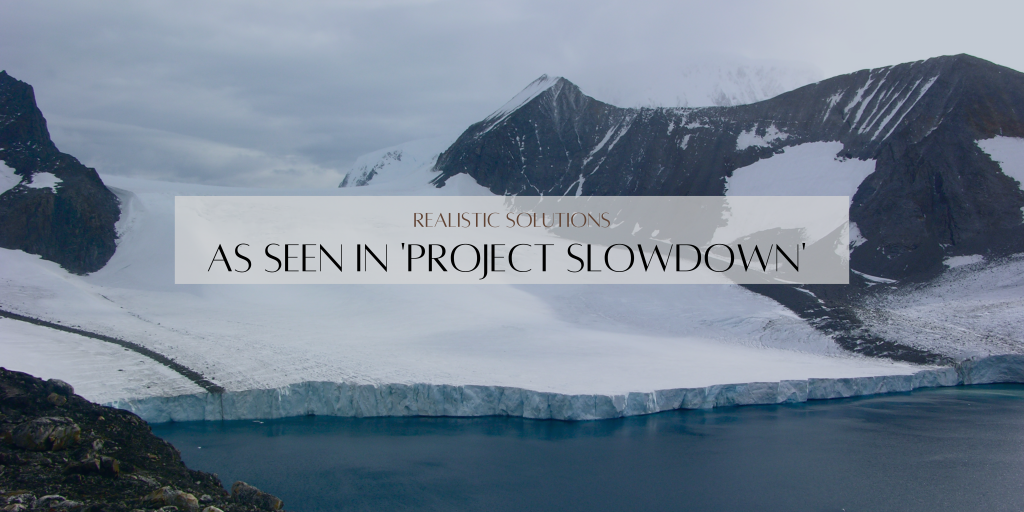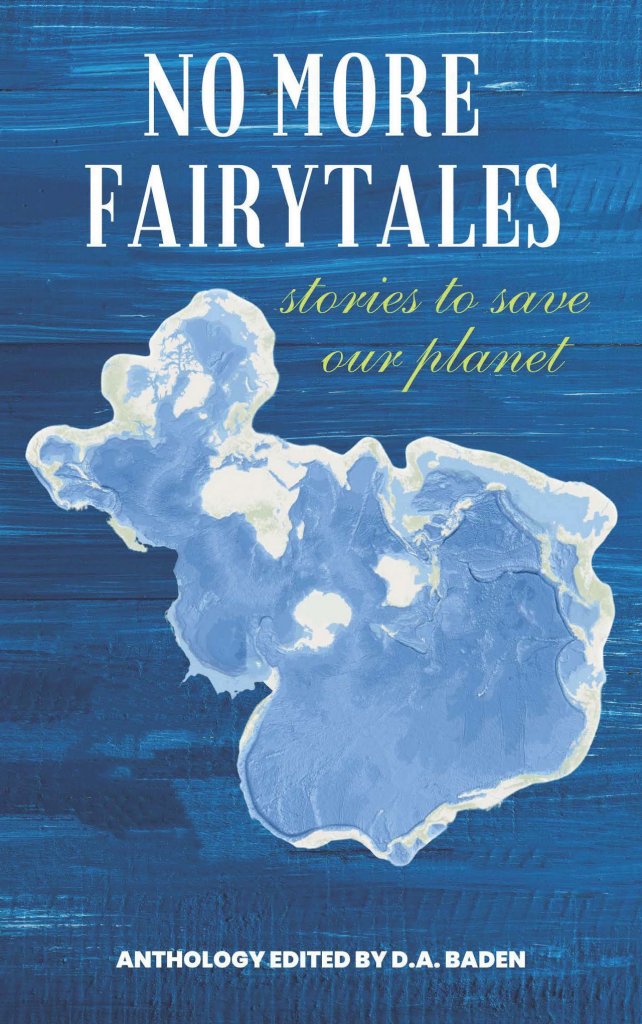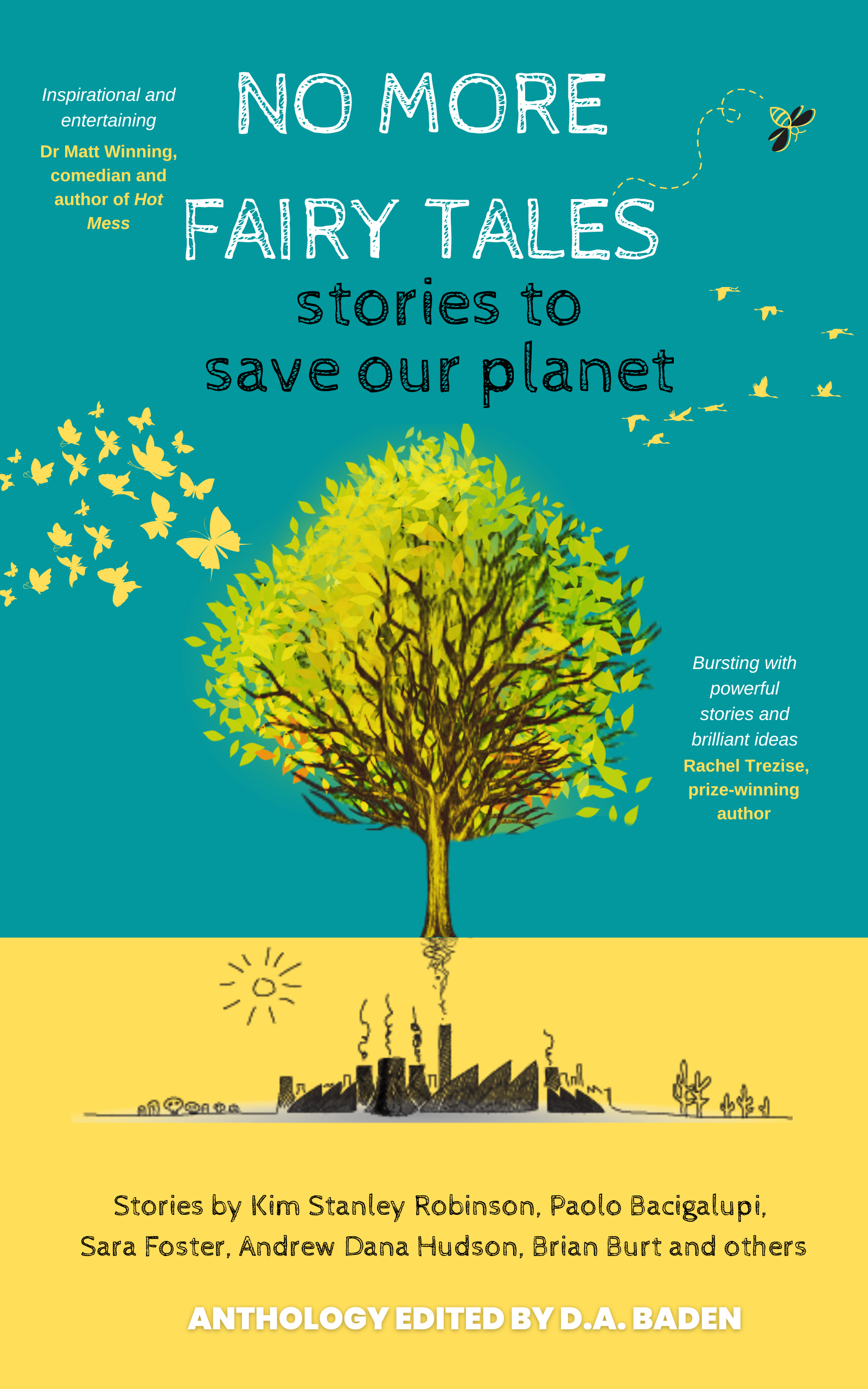
Read the first page from the story below:
Project Slowdown had been active for a decade, and the thirty largest glaciers on the planet, all of them in Antarctica and Greenland, had seen expeditions to their crux points where wells had been melted through their ice and the meltwater under them pumped to the surface and spread to refreeze as near the pumping wells as was convenient. Our team had been involved with the Weddell Sea area effort, which was particularly complicated, as a dispersed fan of glaciers and ice streams had fed into the Filchner Ice Shelf and the Ronne Ice Shelf in a way that was difficult to deal with.
The landforms under the ice resembled a half bowl, not steep enough to easily identify the places upstream where glacial input was fastest. But we had done the best we could with that, and drilled 327 wells over a five-
year period, focusing on the crux points we could find and hoping for the best.It wouldn’t have been possible without the navies of the United States, Russia, and England. They let a little village of their aircraft carriers freeze into the sea ice and overwinter in the Weddell Sea, and from these carriers we were able to keep the work going year round, and supply the land bases that were set on the ice of the Ronne and Filchner. Fleets of helicopters kept these camps supplied, and helped to move camps from drill site to drill site. Something like ten billion dollars was spent on the effort just in our zone alone. Such a deal, as Pete Griffen used to say. A lot of us had worked with him back in the day, and he was often remembered.
Kim Stanley Robinson ‘Project Slowdown’.


